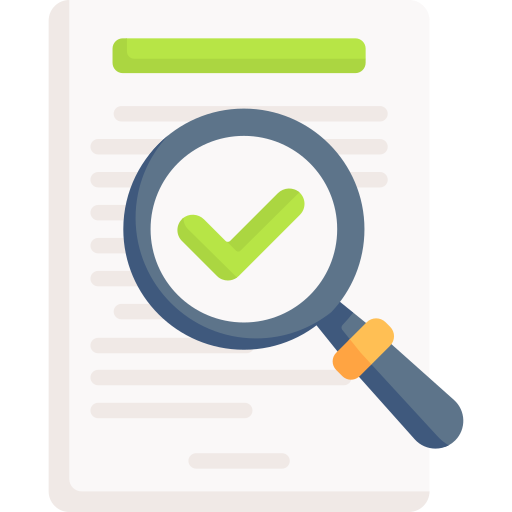In our previous post, we looked at some symbols that are often used in place of written words. We highlighted some of the problems that pop up when a writer gets confused about when and how to use these symbols.
Now we will look at a few more common symbols that sometimes cause problems for our TextRanch customers. We will also show examples of when, where, and how to use them.
Need Editing and
Proofreading Services?

Plus (+)
The plus symbol is, of course, routinely used in mathematics. Sometimes writers also use it when they write sentences like these:
Do we have enough space for Jason + his friends to stay for the night?
Taylor + Dylan are engaged!
Please provide a P.O. for the gardening equipment + any other supplies.
Is Whitney bringing a + 1 to the banquet, or is she coming by herself?
Sometimes the + is read as the word “plus”, while other times it is a substitute for “and” or &. Either way, if you are writing a sentence, it is almost always better to use the actual word instead of the plus symbol. Exceptions include casual text messages or some social media posts.
En Dash (–)
It can be hard to tell the difference between a hyphen and a dash. It can be even harder to tell the difference between an en dash and an em dash. Here is a quick guide:
- Hyphen (–): This is shorter than a dash. It is used to connect syllables or words such as “self-esteem” or “ex-husband”.
- En dash (–): The en dash is about as wide as a letter N, hence its name. This symbol has many uses, but for the purposes of this article, we are focusing on when it serves as a substitute for the words “to” or “until”.
- Em dash (—): This dash is longer than the en dash; it is about as wide as the letter M. Like the en dash, it has many uses, all of which are related to punctuation.
Now, let’s back up and focus on the en dash, since this is the one that is sometimes used in place of a word. The below example shows how an en dash would look on an invitation to an office party:
Celebrate Yoshie Sato’s retirement!
June 5, 2023
Conference Room C
4:30–7:30PM
The en dash is also sometimes used between dates (June 7–9, or 7–9 June in UK English), years (1964–1969), and months (September–December). Unfortunately, sometimes when people are writing down a date, they put a dash where it is not needed, such as June–15 or 25–September.
Can you include an en dash within a sentence? In most casual or “business casual” contexts, it should be okay to use the en dash symbol. However, if you are writing something that is formal, it is best to use either the word “to” or “until”.
Casual: Lunch is from 11:30AM–noon.
Formal: Lunch is from 11:30AM until noon.
One major problem with the en dash—and also the em dash—is that they usually don’t have their own keys on a keyboard. This means you need to take a few extra steps in order to type them. Many people just hit the hyphen key when they want to use an en dash, and then type two hyphens (—) when they want to use an em dash. This is usually fine. However, if you are using these symbols in a scholarly paper, or any other context with strict formatting requirements, you will need to learn how to type them properly.
Need Editing and
Proofreading Services?

Tilde (~)
Did you know that the ~ symbol is called a tilde? Now you do!
If you are familiar with the Spanish language, you know that a tilde is used to distinguish the letter N from the letter Ñ. (Both letters are used in the word mañana.) Thus, if you are writing a text that includes a foreign word or name that has a tilde, then you should use that symbol.
In other contexts, the tilde is sometimes used as a substitute for “about” or “approximately”. Going back to our en dash example, here is what the office party invitation would look like if the organizers aren’t sure when it will end:
Celebrate Yoshie Sato’s retirement!
June 5, 2023
Conference Room C
4:30~7:30PM
In the real world, this means the party is supposed to end at around 7:30PM, but it could go on all night!
Unlike the en dash, the tilde doesn’t work too well when it is used within a full, complete sentence. It is almost always better to use words. Compare the following two sentences:
There are ~ 25 boxes of medical supplies in the storage shed.
There are approximately 25 boxes of medical supplies in the storage shed.
The meaning of the second sentence is clearer and it is easier to read if you use words instead of a symbol.








Ask an Editor: A New TextRanch Feature!
Proofreading vs. Editing: What’s the Difference?
Human Editors: Why Do You Need One?
How can I improve my understanding of native-English speakers? Part 1